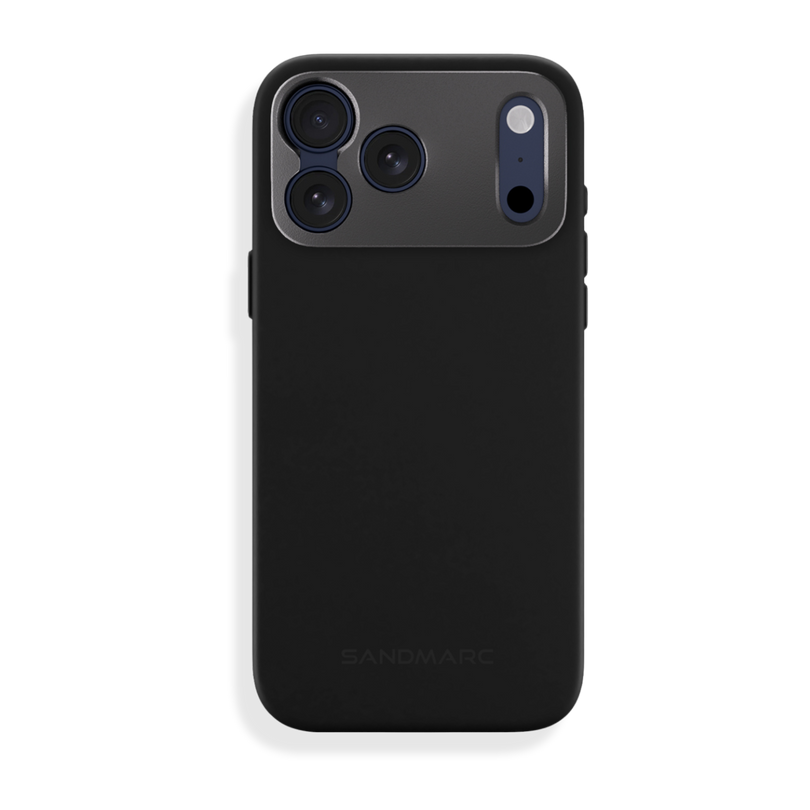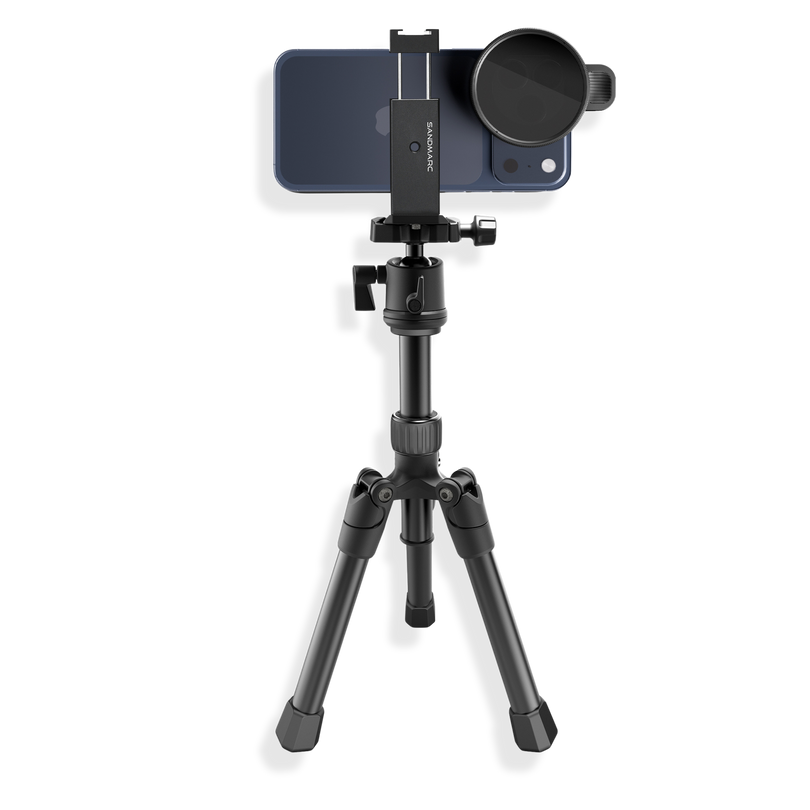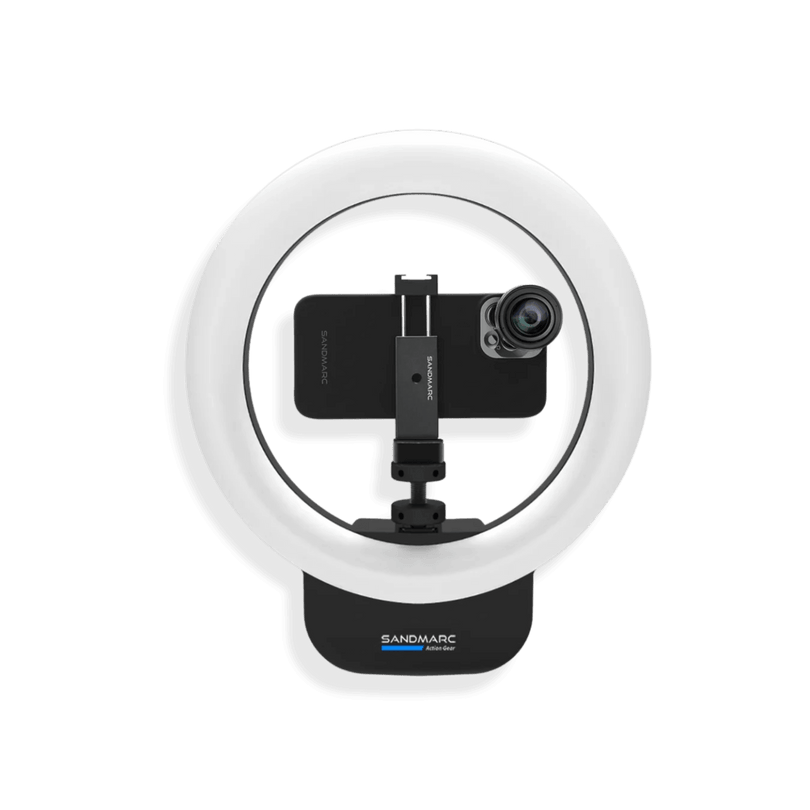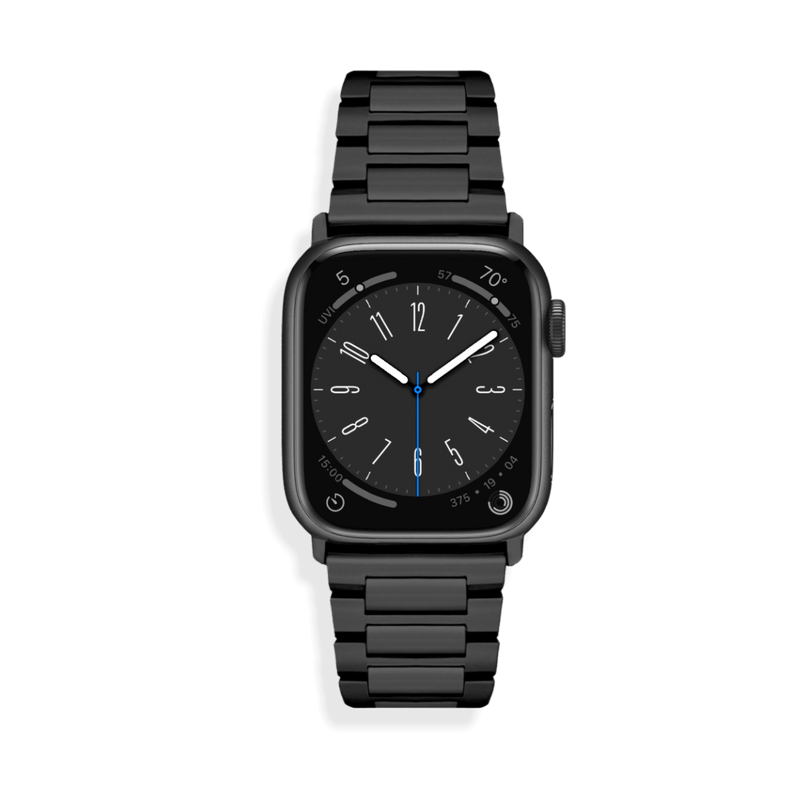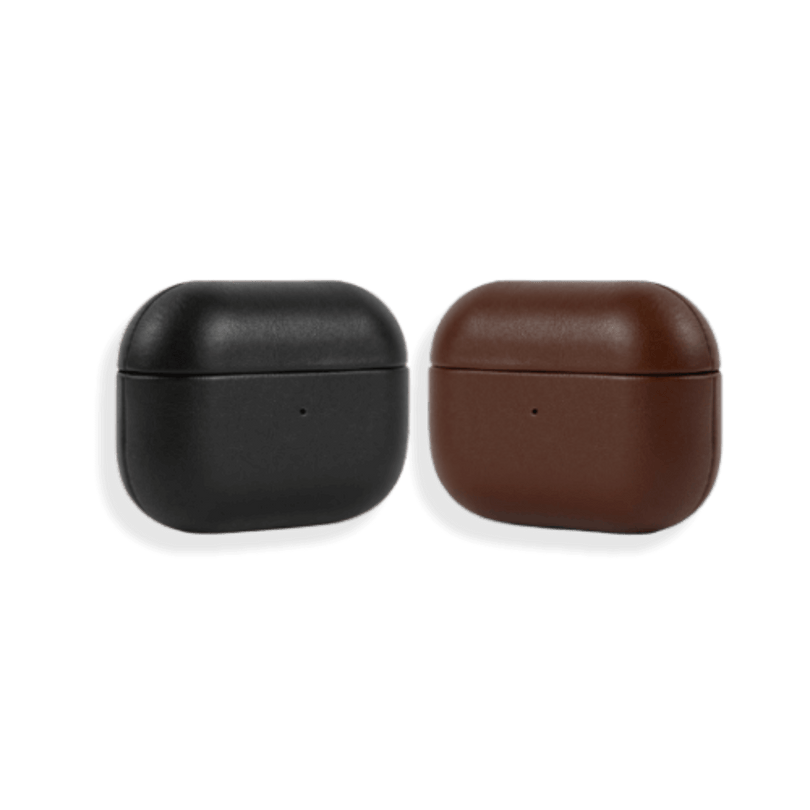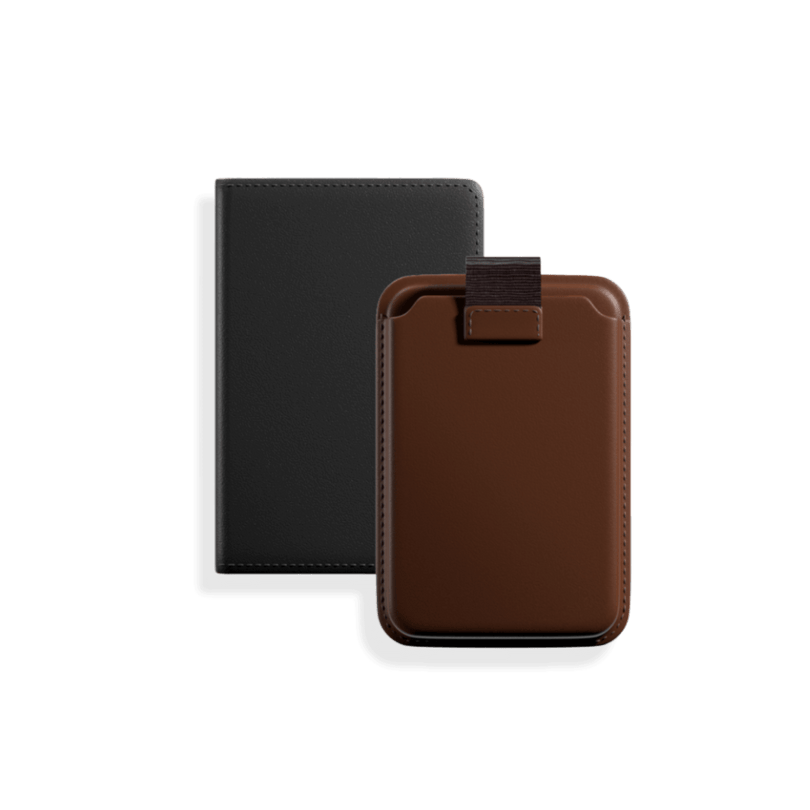A Beginners Guide to Birdwatching
Birdwatching or birding is the fastest growing activity in America. According to a survey by the U.S. Fish and Wildlife Service, 51.3 million Americans report that they participate in birding. Birdwatching is the act of observing birds, whether it be in nature or at a zoo. It is no longer only for the middle-aged, in fact there is a growing number of people between the ages of 16-25 around the world that are birdwatchers.
If you are wanting to hop on the trend this is your guide on how to get started.
Before You Go: The Gear
Your gear is an important part of the beginning your birdwatching journey. Below, we've listed the necessary items to ensure a quality birdwatching experience.
| Binoculars |
Birds move quickly, sit high up in trees, and are small, so it is necessary to pick out quality binoculars to ensure you get good visuals. Field of view and magnification are two features to focus on as you are discerning which binoculars to purchase.
Field of View
When looking for appropriate binoculars it is key to look for a wide field of view. This is important because it will be easier to follow a bird as it moves. Binoculars will often list their field of view as angle of view. Bird-worthy binoculars should have an angle of view of at least 6.5 degrees, which is equivalent to a field of view of 341 feet at 1,000 yards. The larger the number the larger the field of view, so when comparing it is best to choose the largest number.
Magnification
For field of view the largest number is the best but with magnification that is not true. When binoculars are a high magnification, any slight movements will look bigger through the lens. Opt for 10x, 11x, or 12x magnification for observing distant birds,” says Court Whelan from Natural Habitat Adventures. Many experienced birders would recommend an 8x magnification for beginners, as there is a learning curve to locating birds through binoculars.
| Field Guide |
A field guide can either be a physical book, or an app. It is necessary to have a field guide because it will allow you to identify the birds in the moment you see them. Depending on the field guide, the birds will be categorized by color, region, and shape. It's important to study your field guide to understand the lingo used in birding when identifying birds before you go out. We will go more into identifying birds later in this post.

| Telephoto Lens |
If you are a photographer, we recommend bringing along a telephoto lens for capturing images of the birds you spot. A telephoto is a great option for getting close up shots, even when you are keeping a safe distance to not startle or threaten the birds. The SANDMARC Telephoto 6x lens is a great option to gain a 6x zoom with your iPhone.
In Nature: How to Identify Birds
When it comes to identifying birds, there are five main factors to pay attention to; color/pattern, behavior, size/shape, voice, and habitat. Habitat will be the most important when you are starting out because you need to know what type of birds are most common in your city, and key areas that they prefer to hang around.
After you research what birds are common, work your way down the list of characteristics in your field guide or app. Once you’ve become a more experienced birder you’ll be able to identify birds more quickly, but these fundamentals will be a constant guide. Your Field Guide will come in handy for when you are identifying the birds by helping you pinpoint which bird you spot.
The video below talks about the best way to utilize your field guide when identifying birds.
The video below talks about the best way to utilize your field guide when identifying birds.
Bird songs and calls are good to know as well, because it'll be a quick way of identifying a bird if you can't differentiate between two different types.
Taking Photos With Your iPhone While Birdwatching
Seeing amazing birds is awesome, but having the opportunity to capture images is even better. Let’s breakdown the appropriate iPhone filters, lenses and camera settings to ensure you capture crisp images.
| Burst Mode |
Burst mode on iPhone enables you to to take multiple pictures within seconds to capture rapid movement. This is key for bird photography since birds move quickly and often.
| Telephoto Lens |
As mentioned above, we recommend bringing along a Telephoto Lens. Telephoto Lenses are great at providing close-ups shots in situations where you are unable to be close physically to what you want to shoot. The SANDMARC Telephotos 6x fixed zoom lens has an adjustable focus wheel for those moments when a bird is surrounded by various plants making it hard to focus on.
| Drama Polarizer |
The perfect filter to ensure dynamic images of the birds you see. Perfect for nature, as the Drama Polarizer will darken skies, reduce surface glares and manage reflections that can be created by bodies of water.
Birding can be a rewarding hobby as you begin to recognize birds more quickly, and capture beautiful images. Like any hobby, it will take time and practice before you become a seasoned birder, but it will all be worth it!
Happy Bird Watching!
Happy Bird Watching!
Need a Backpack for all your gear?
Check out the SANDMARC Travel Backpack.





